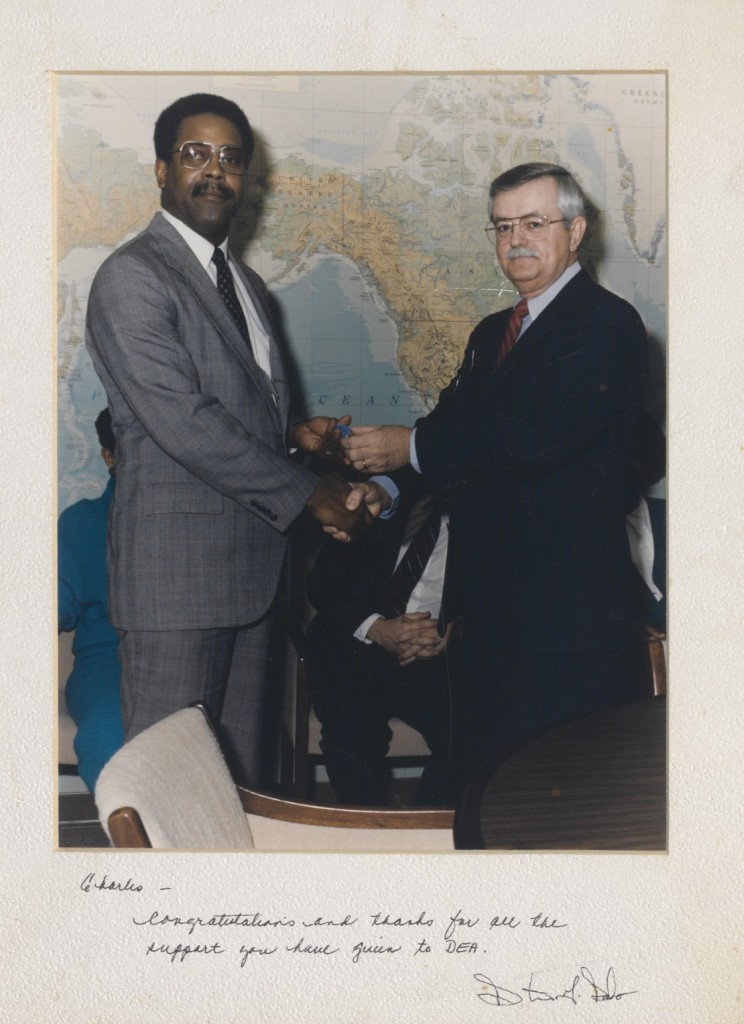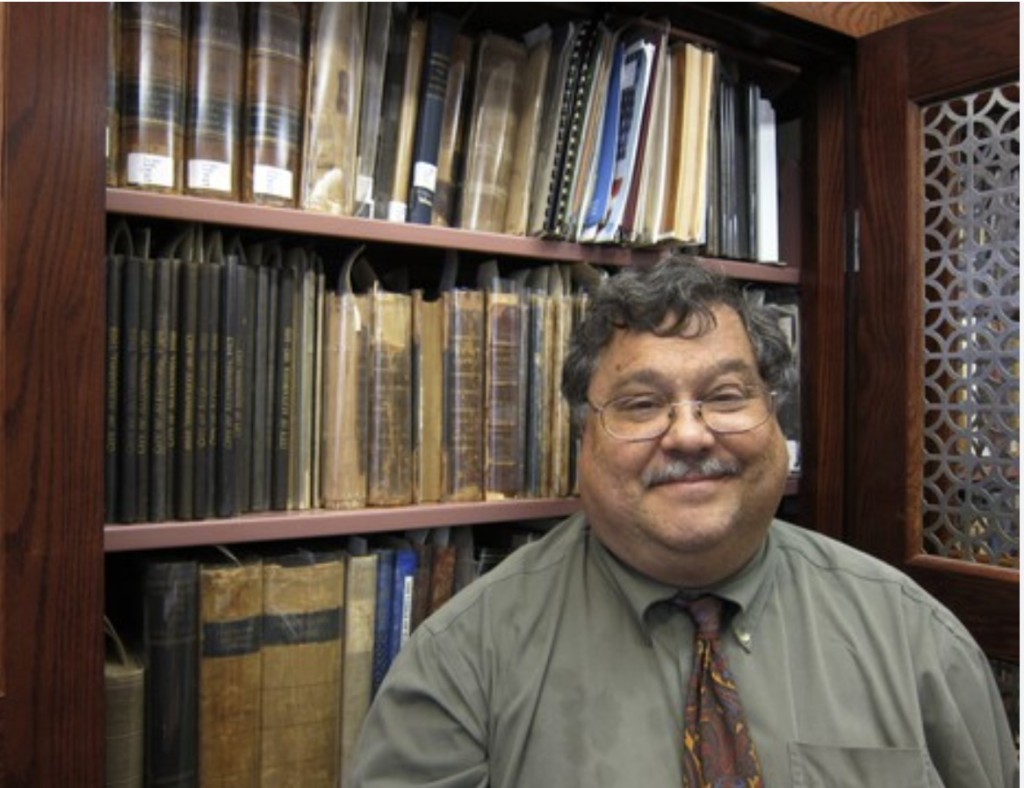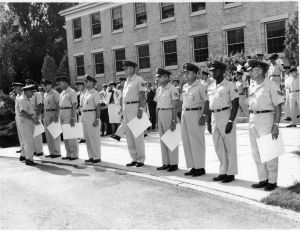For Immediate Release: April 12, 2023
Alexandria Library is hosting its first-ever Black Family Reunion on Saturday, April 29, 2023. The event, at the Barrett Branch Library in Old Town, aims to bring neighborhoods together and help fill gaps in the documented history of Alexandria’s African American community.
African American families are invited to bring documents and images to be scanned and added to the Library’s Local History/Special Collections archive so they can be preserved as part of the City’s historical record.
“Word is getting out about this event and people are getting excited,” said Honorary Co-Chair and Alexandria Living Legend Bill Euille. “It’s a rare moment when our history and our future are meeting, right here in the present.”
“The value of the Black Family Reunion goes far beyond the historical images and documents that we will preserve because of this event,” said Honorary Co-Chair and Alexandria Living Legend Char McCargo Bah. “It is a vital step forward toward uniting the community through a more complete and accurate picture of our past.”
Honorary Co-Chairs and Alexandria Living Legends Char McCargo Bah and Bill Euille will get the party started at 11 am, followed by a proclamation delivered by Alexandria Mayor Justin Wilson.
“Libraries, and especially local history archives, serve as part of a community’s shared memory,” said Library Director Rose Dawson. “Making sure that memory is complete is part of our job, and we take it seriously. And still, our Black Family Reunion is going to be about much more than just documents and photos. It will truly be a party! Games, music, food, and of course, friends and family getting together and having a great time.”
The event is free and open to the public. Donating to the archives is encouraged, but not required, and all attendees can enjoy music, games, food, and more. Contributors to the archive will receive a ticket good for a meal at one of the participating food vendors.
Early donations of photos and documents are now being accepted online. If you are unable to attend the Reunion or would like to donate early, please complete our online donation form and upload your materials directly to our Archive. This form may also be used to pre-register for in-person donations on the day of the Reunion.
What: Alexandria Library Black Family Reunion
When: Saturday, April 29, 2023, from 11 am – 3 pm
Where: Kate Waller Barrett Branch Library
717 Queen Street, Alexandria, VA 22314
For more information about the event, please visit alexlibraryva.org/black-family-reunion. For media inquiries, please contact communications@alexlibraryva.org.




